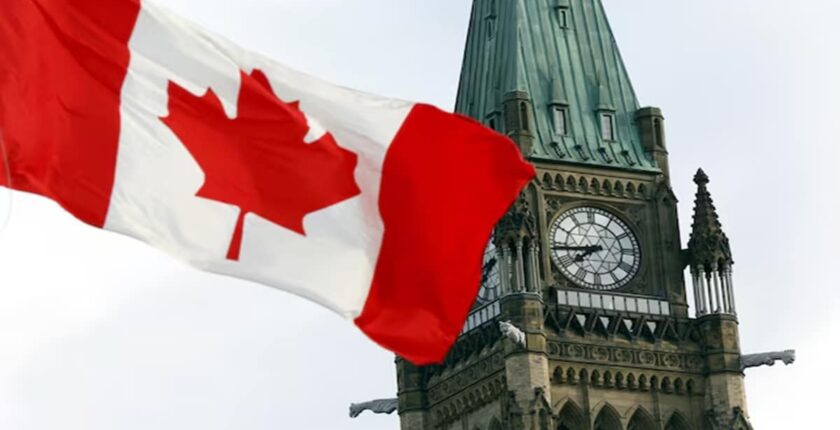Canada Study-Work Permit Limits Impact Temporary Residency
Canada is currently adjusting its approach to international students and temporary foreign workers. The nation is aiming to decrease the proportion of its temporary population to below 5% as part of its Immigration Levels Plan for 2025-2027. This decision aligns with a broader strategy to manage the impact of immigration within the country.
Interestingly, there has been a significant dip in total arrivals in the first half of this year, with nearly a 57% decrease when compared to last year. Specifically, there were 214,520 fewer international students coming to Canada, which equates to over a 70% drop, alongside a noteworthy 50% decline in foreign work permits.
For international students, those from India have been particularly affected, with an alarming 80% rejection rate for Canadian study permits, marking a challenging time for applicants.
What’s Behind the Decrease in International Students?
In 2024, Canada introduced an annual cap on international study permits, followed by a 10% reduction for 2025. The target is to issue a total of 437,000 study permits this year, reflecting this policy adjustment. To combat study permit fraud, additional verification processes have been implemented. Starting December 1, 2023, post-secondary Designated Learning Institutions (DLIs) must confirm each applicant’s letter of acceptance with the Immigration, Refugees and Citizenship Canada (IRCC).
Financial requirements for foreign students have also increased. Previously, a single applicant needed to demonstrate $20,635 in savings, but beginning September 1, 2025, this will rise by over $2,000. Similarly, for families, the minimum money required has gone up from $20,635 to $22,895, which includes first-year tuition and travel costs.
Furthermore, Canada discontinued the Student Direct Stream in November 2024, which was designed to expedite study permit processing for students entering designated learning institutions (DLIs).
Why Aren’t as Many Foreign Workers Coming to Canada?
Changes to the immigration landscape for foreign workers were also implemented in late 2024. The country established a 10% cap on low-wage hires at workplaces, with some in-demand sectors allowing a 20% cap. Additionally, a refusal-to-process policy has been introduced in urban areas facing unemployment rates of 6% or higher.
With the new rules, an increasing number of jobs will be subject to tighter regulations, especially in the low-wage stream. These changes involve more employer obligations related to housing, transportation, and the recruitment of workers already in Canada. Moreover, the minimum hourly wage for workers entering through the high-wage stream has increased by 20% compared to previous levels.
All of these adjustments are expected to lead to a reduction in the number of work permits and extensions in the near future, echoing Canada’s shifting immigration goals.
If you’re an international job seeker contemplating a move to Canada, it’s essential to stay informed about these developments as they could impact your options. Understanding the intricacies of Canadian immigration, including pathways like the Provincial Nominee Program (PNP) and Express Entry, can help you navigate the job market effectively.
For many, securing visa sponsorship can be a crucial step in this process. Our website, VisaJobsCanada.com, focuses specifically on jobs that offer visa support to international applicants. Every job listing on our site includes information on visa sponsorship, making it easier for you to find opportunities that align with your goals.
As Canada continues to evolve its immigration policies, staying proactive is key. If you’re exploring job opportunities or considering how recent changes might affect your plans, there are resources available to assist you in this journey.
Tell us what you’re thinking.
Drop your thoughts or questions below. We read every comment and reply when we can.

